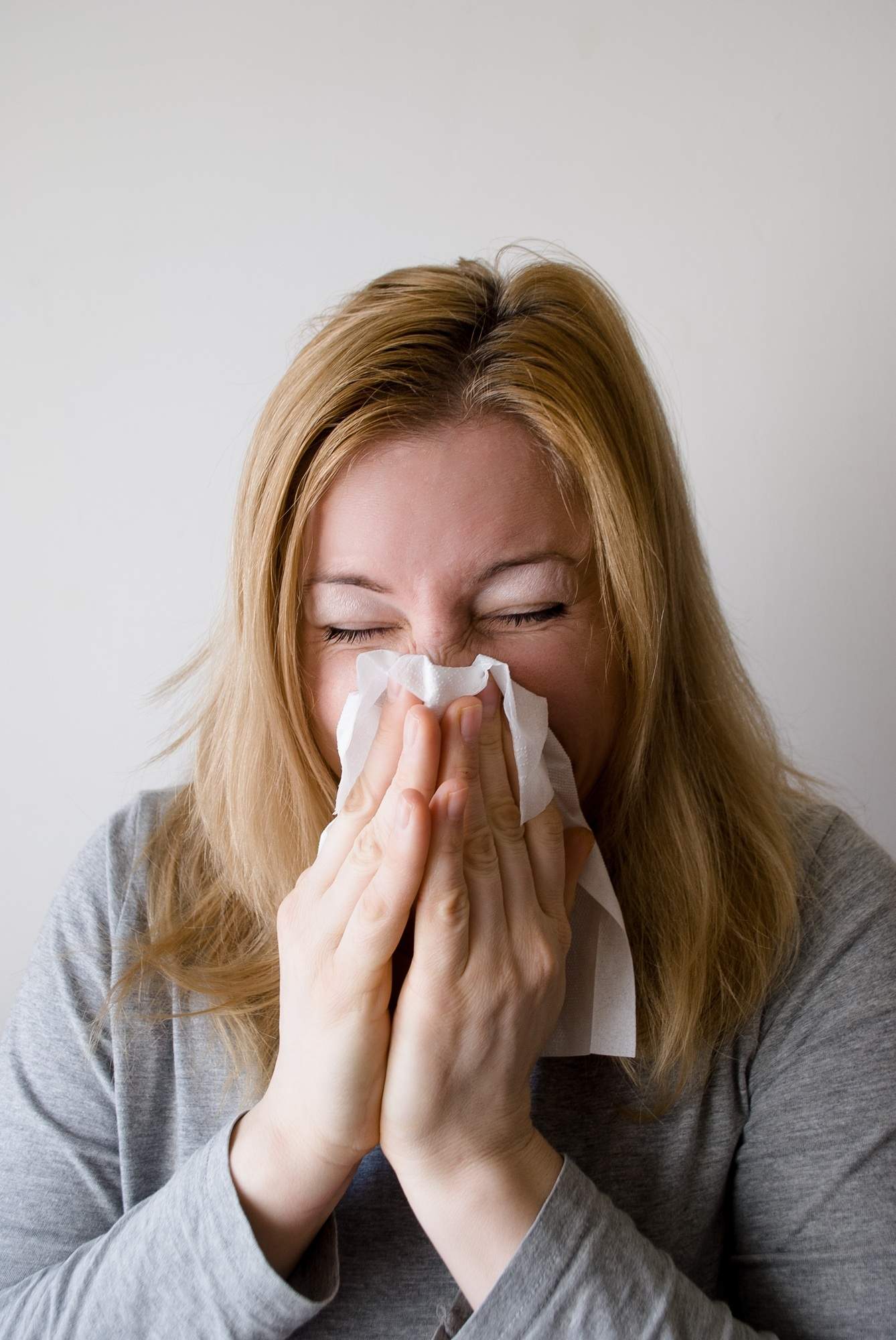
What to Do if You Have an Indoor Allergy
Picture this: You’re enjoying your time inside, watching the flowers bloom through the window. You’re certain that you’re safe from the spring pollen assaulting your senses. Then, without warning, it happens.
Achoo!
Your nose is left tingling in the wake of a sinus-clearing sneeze. It strikes again and again and again, making your eyes water and your sinuses ache.
How could this happen? Well, it appears you have some kind of indoor allergy. Where did the trigger come from, and what can you do about it? Here’s what you need to know.
What Can Trigger Indoor Allergies?
With pollen safely outside, you may wonder what can trigger seasonal indoor allergies. Some common indoor allergy triggers include, but are not limited to these next few reasons.
Pets Can Get You Sniffling
No one likes to think about it, but Fido’s cuddles can lead to later sniffles if you have an allergy to pets. Specifically, your allergy is to pet dander or the dead skin cells and fur that the pet sheds.
Carpet and Soft Furniture Traps Allergens
If you love having soft, comfortable furniture or a nice plush carpet beneath your feet, you could worsen your severe indoor allergies. These surfaces trap many common allergens like dust, fur, and pet dander.
Moisture-Induced Mold Misery
The presence of mold in your house is a cause for concern, regardless. Mold spores are a common trigger for indoor allergies and can lead to a suite of other health issues if left untreated.
Un-Busted Dust Bunnies
Perhaps the most common trigger of seasonal indoor allergies is the dust that gathers on every surface of the home. Especially in homes where there are a lot of electronics, which attract dust like magnets.
What Can You Do to Manage Your Indoor Allergy?
Now that you understand the potential triggers for your indoor allergy, what can you do to manage it? Some steps you can take include the following.
Clean and Vacuum Regularly
If you don’t allow dust and pet dander the chance to build up by cleaning and vacuuming, you can improve your indoor air quality. This also has the added effect of making your house look showroom-floor ready.
Clean Out Your Air Ducts
Another step you can take to manage your indoor allergies is to clean out your air ducts. They can be a hidden source of dust and other detritus. So, make sure to contact an air duct cleaning service.
Ditch the Carpet
If at all possible, try to swap out the carpeted floors in your home for low-pile or hardwood floors. Not only is carpet a pain to clean, but it dates your home besides.
Need More Tips to Control Your Air Quality?
Finding a way to control your indoor allergy can improve your quality of life. However, it’s not the only step you can take. The air you breathe in your home can seriously affect your health, so it’s important to do what you can to make it cleaner.
If you’d like more tips to help you control and improve your air quality, check out the Health section of our blog for more.















